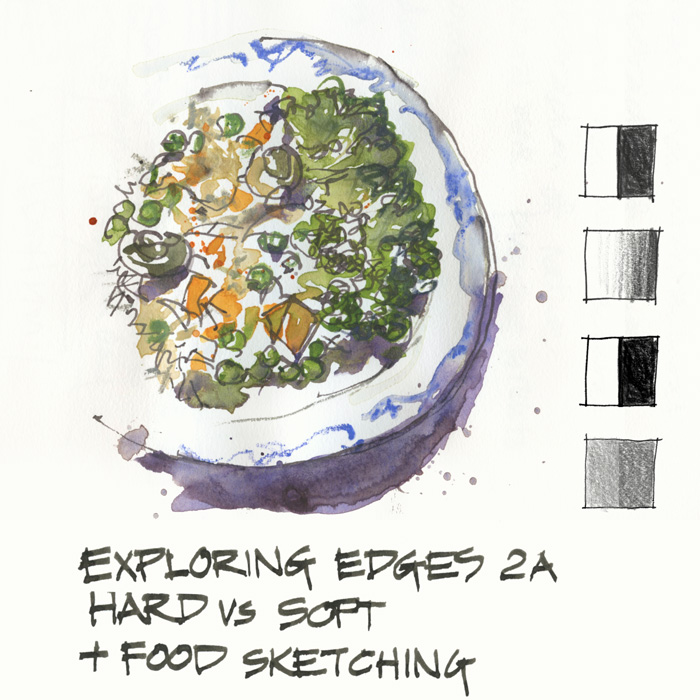
Continuing my series revisiting the lessons in my SketchingNow Edges course, we are up to Lesson 2: Hard vs Soft Edges. There is so much stuff in this lesson that I am going to extend it over two weeks.

In the lesson we explored the differences between hard vs soft edges and strong vs weak edges. There is quite an important distinction between the two, so I am sharing this diagram from the course here to give you an idea of what we explore in depth in Edges.
The thing that has struck me this week as I re-read the Lesson 2 handout is:
"we have to be intentional about soft edges"
The reason I say that is because an ink line by its very nature is a crisp hard edge and a simple watercolour stroke will result in hard edges at the perimeter of the paint on the page.
So when you are drawing with ink unless you intentionally lighten the pressure you are applying, turn your nib, change to a fine pen or use dots/dashes, your lines will all be strong and hard. And even these suggested adjustments to your line will still produce hard lines, however they are softer in comparison with your standard line.
And to achieve soft edges in watercolour, with the exception of wet-in-wet accidents, you have to be deliberate by either putting paint over moist areas or coming back and softening the strokes on your page before they dry.
Have you often finished a sketch and felt it had too many ink lines, and that some edges were way to dominant? Or have the hard edges in your brushstrokes have created an unwanted distraction in a secondary part of your sketch, making the overall look too busy?
Soft edges will help both of these!
Reflecting on my own work: Despite my intentions to incorporate more soft edges in my work, I have realised that I need to be more conscious of it when I am painting. I do think about the hardness and weight of my lines when I am using ink, but often work so fast with my paint that I miss softening some edges. (Note for people doing the course: this happened in the bonus outdoor video in the lesson didn’t it?)
I could write heaps more on this subject, but I want to get onto the exercise – sketching your meal.
Food makes such a great subject to sketch as you have lots of things to think about, shapes, hue, value, texture – hard vs soft, strong vs weak. And if you want to enjoy your meal while it is hot (absolutely critical for me!) you really have to be strategic.
So here is my dinner that I just ate – a chicken and mushroom risotto with broccoli on the side.
Here are a few comments that I have shared previously on my blog on how I sketch and eat at the same time with a few specific edge related comments inserted so the steps are brought up to date:
- I have the advantage of being left handed with a brush and pen but use my fork in the right hand.
- I normally draw a quick outline of the most dominant edges, the profile of strong shaped items. Some meals are made up of isolated volumes making this step easy (meat and three veg) while others (such as a stir fry) are much more complicated and I have to pick out the most important hard strong edges of either hue or shape.
- I will normally start painting while I am still eating – starting with significant colour first ie. in a stir fry I pick out the yellows or reds. If I am really hungry and/or talking this first application of colour is all that I do before consuming the meal. The rest I do from memory when I am finished my meal (but still sitting at the table) using any remnants of the food on my plate as colour reference.
- When sketching while eating, I cut my food up into bite size first so I can eat my meal without the need for a knife and then start eating my meal from the back and moving forward. This ensures that the composition remains intact for as long as possible.
- When with friends, I try to ask them a leading question that will start them talking non-stop for 10 minutes (at least) such as: ‘Tell me ALL about your recent trip.” But I will often take a quick reference photo just in case this tactic doesn’t work.
- When with a large group of friends and we are sharing food from the middle of the table, I normally asked someone sitting next to me me to add some food to my plate at the same time that they are serving themselves. Otherwise the food will be all gone before I got a chance to get any of it. However my golden rule is to never prevent my friends from diving into the dish. Photographers are notorious for saying: “No! don’t touch the food, just wait till I have taken this photo, please move that glass out of the way etc.” I simply record whatever I can and rely on memory.
- These days when I know it is going to be a challenging situation I normally use watercolour pencils since I can record line and colour together at the same time and at a very rapid pace.
- Do the plate last! This is obvious but it is surprising how often I find myself wasting precious time on objects that won’t get cold or disappear.
- If you really want to focus on your sketch, order a cold meal!
- If you are seriously hungry, or find it just to hard to sketch without eating first, consider drawing a half eaten meal (or cake!)
The biggest tip of all is: if you are trying to sketch your meal and eat it hot, go easy on yourself. It is a tough assignment and the results are a bit hit and miss, especially if enjoyment of the meal is a big priority – which it is for me.
Ah! it was really fun to bring these tips up to date. They were written for the first time almost 6 years ago to the date!
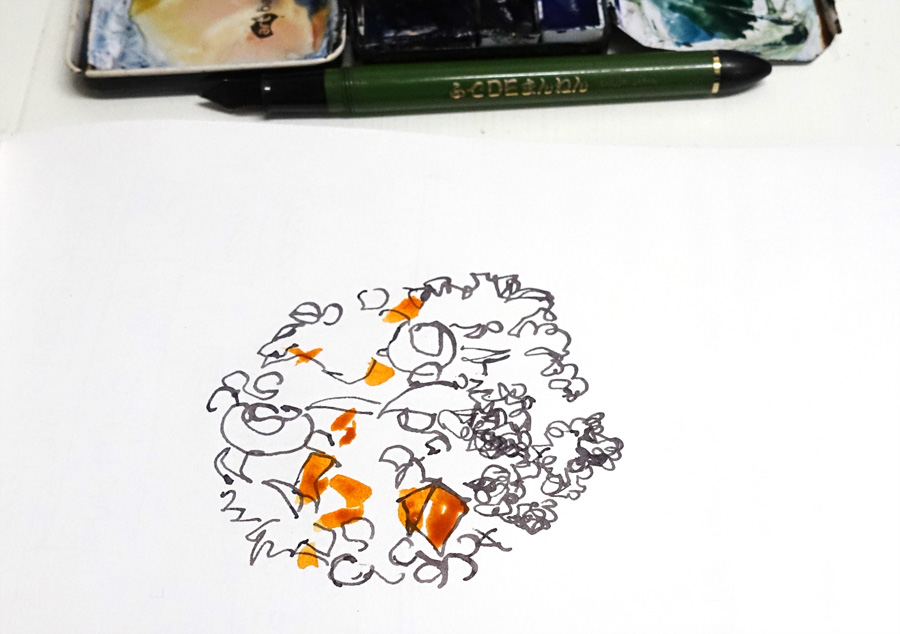
As for tonight’s sketch, this is a photo of what I did before I started to eat, and I am pleased to report that I ate most of the meal while it was still hot. I got a little side tracked with the paint towards the end (because of the pressure to post this sketch immediately) so the last few mouthfuls were a bit cool (but not cold).
I didn’t need to record a lot before I ate as the linework by default described what each object was (it is clear which lines describe the broccoli and which describe the peas) but I still added the orange first in the hope that it would dry before I started added the other colours. Also, I didn’t add any ink for the grains of rice as the hue and value variation was weak, so I treated these as softer edges.
Ok, this post is becoming long so time to wrap up!
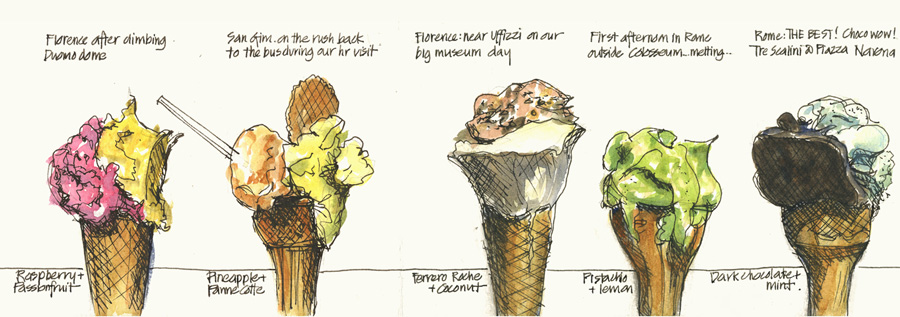
Just to finish here are two sketches with very contrasting approaches. First, an old sketch done from photos of Italian gelatos. Here I used a lot of ink lines but managed to describe a very soft subject.
I would love to attempt sketching gelato from life. Maybe in Lucca next month (wow! my Lucca workshop is next month!) I will get a chance to have a go at that!
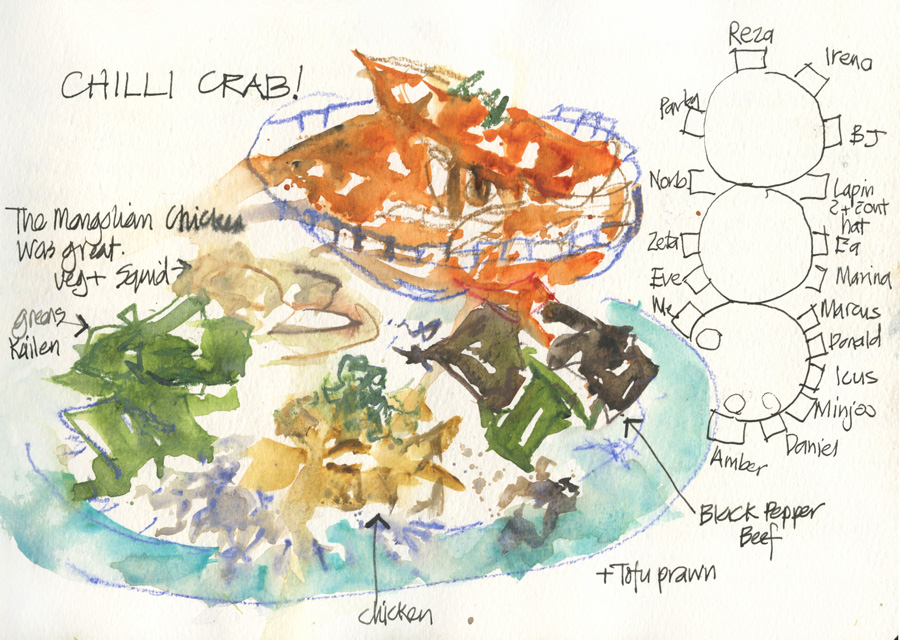
And finally one of my insane sketches from last year in Singapore. I think the meals during that trip were the hardest food sketching situation I have ever found myself in!
My USKer friends were hungry and the food just disappeared at a record rate. Thanks to Amber for playing mum on this occasion and making sure that I got some of that chilli crab and other yummy food!
Hmm, I think my Exploring Edges theme got a little overrun by my love of food sketching and the essential logistics of how to achieve it. However, a strategy about edges really makes it easier!
There are a lot more concepts that we look at in the lesson which can apply to many different subject matters – sketching people comes to mind. Next week I will look at soft edges to create depth in an urban sketch.
Just to confirm, SketchingNow Edges is a self directed course – start today and work at your own pace.
Find out more about SketchingNow Edges
Would love to hear if you have any special food sketching techniques and/or what are your major challenges when sketching your meals?

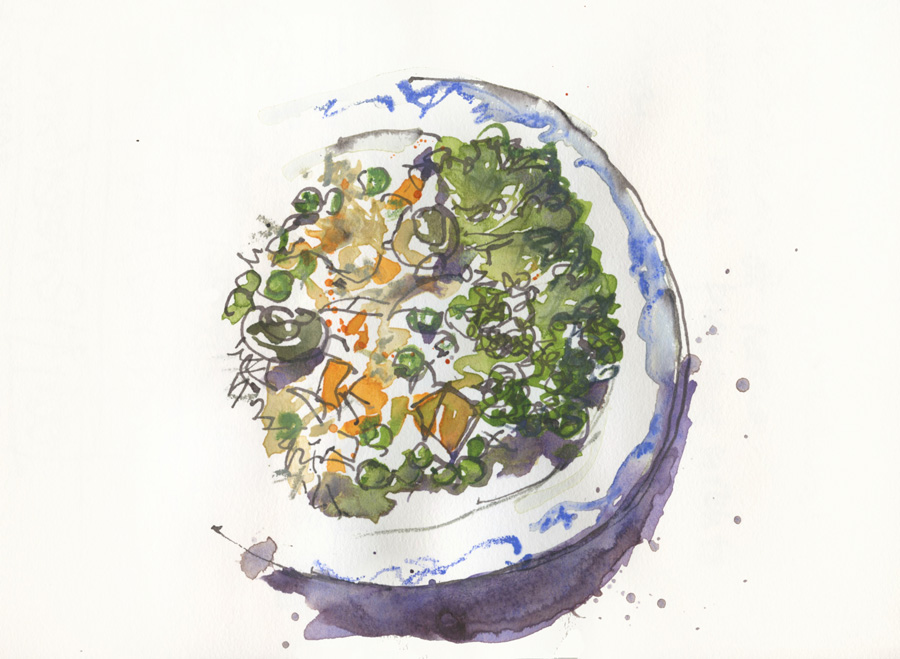



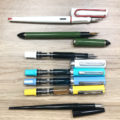
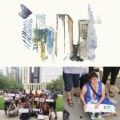
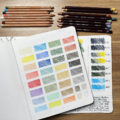
5 Comments
Just as a small variation on your exercise: order a fancy dessert first – they’re usually ready made – so you can start sketching it as you wait for your meal, and still be eating with everyone else – plus you’ve got a nice reward for your sketching 🙂 or another take – order for an imaginary extra person, and then you can all draw that plate while you eat your own:) Then you get take away!
yes. both good ideas for getting a better sketch. Some people find resisting cake the hardest thing of all and you don’t want to have sweet before savoury. I have never tried buying a second meal… that is too controlled a situation for me- takes away all the fun / challenge and excitement
Great post Liz! I always have a hard time sketching my food. My husband always dives right in and if we are sharing something I may not get any. lol I like your ideas for how to sketch and eat at the same time. My best idea is to eat a bit and then refill my plate and sketch quickly while my second helping is staring at me. I like Marc’s idea above too.
yes- great thought. Sketching food IS hard. I know that it is hard to draw people as they move…but food disappears totally!
I loved this exercise in the course, but I ended up sketching a mostly empty plate: a few fries, lettuce, onion slice and blob of ketchup! So my tip is: eat first, sketch after — but give yourself only a short time to sketch (10 min. or so), in keeping with the spirit of the exercise!
Tina
NEWSLETTER
Subscribe for first notification of workshop + online classes and more.